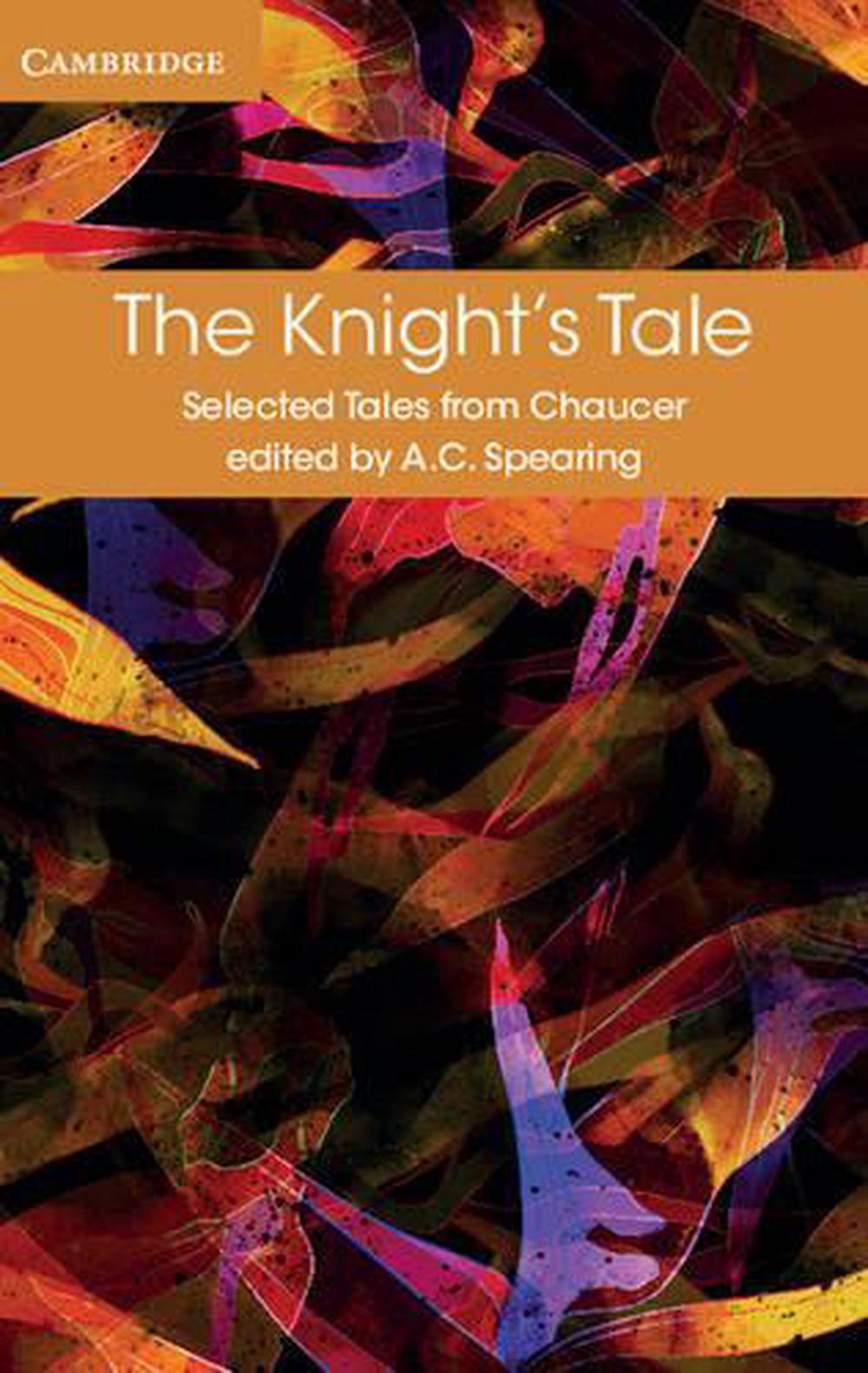

The Canterbury Tales both depict and satirize the conventions of these turbulent times. Chaucer himself was a member of this new middle class. A new middle class consisting of educated workers such as merchants, lawyers, and clerks was beginning to gain power, particularly in urban areas. Peasant revolts such as the Jack Straw rebellion of 1381 raged through the countryside. However, in the late 14th century, this structure was breaking down. The rest of the population consisted of the peasant working class. The nobility was strictly bound to many rules of chivalry and courtliness. The church represented people who prayed but did not work for a living this holy sector of society was supported by the other two and was not supposed to be concerned with material goods. The Knight’s Tale, one of the 24 stories in The Canterbury Tales by Geoffrey Chaucer. The Knight’s Tale is the first tale of Geoffrey’s Chaucer’s masterpiece, The Canterbury Tales, so it’s fitting that in this historical mystery, Chaucer himself is dragged away from his annual pilgrimage to Canterbury his inspiration for the Tales in order to involve himself in a Knight’s Tale of his very own, the first in a. Medieval society traditionally consisted of three estates: the church, the nobility, and the peasantry. After the horrors of the Black Death, many people were questioning the Church’s authority, and groups such as the Lollards rebelled against the power that priests wielded. The Catholic Church was undergoing huge shifts and changes.

Demystified Videos In Demystified, Britannica has all the answers to your burning questions.Britannica Classics Check out these retro videos from Encyclopedia Britannica’s archives.Britannica Explains In these videos, Britannica explains a variety of topics and answers frequently asked questions.


 0 kommentar(er)
0 kommentar(er)
